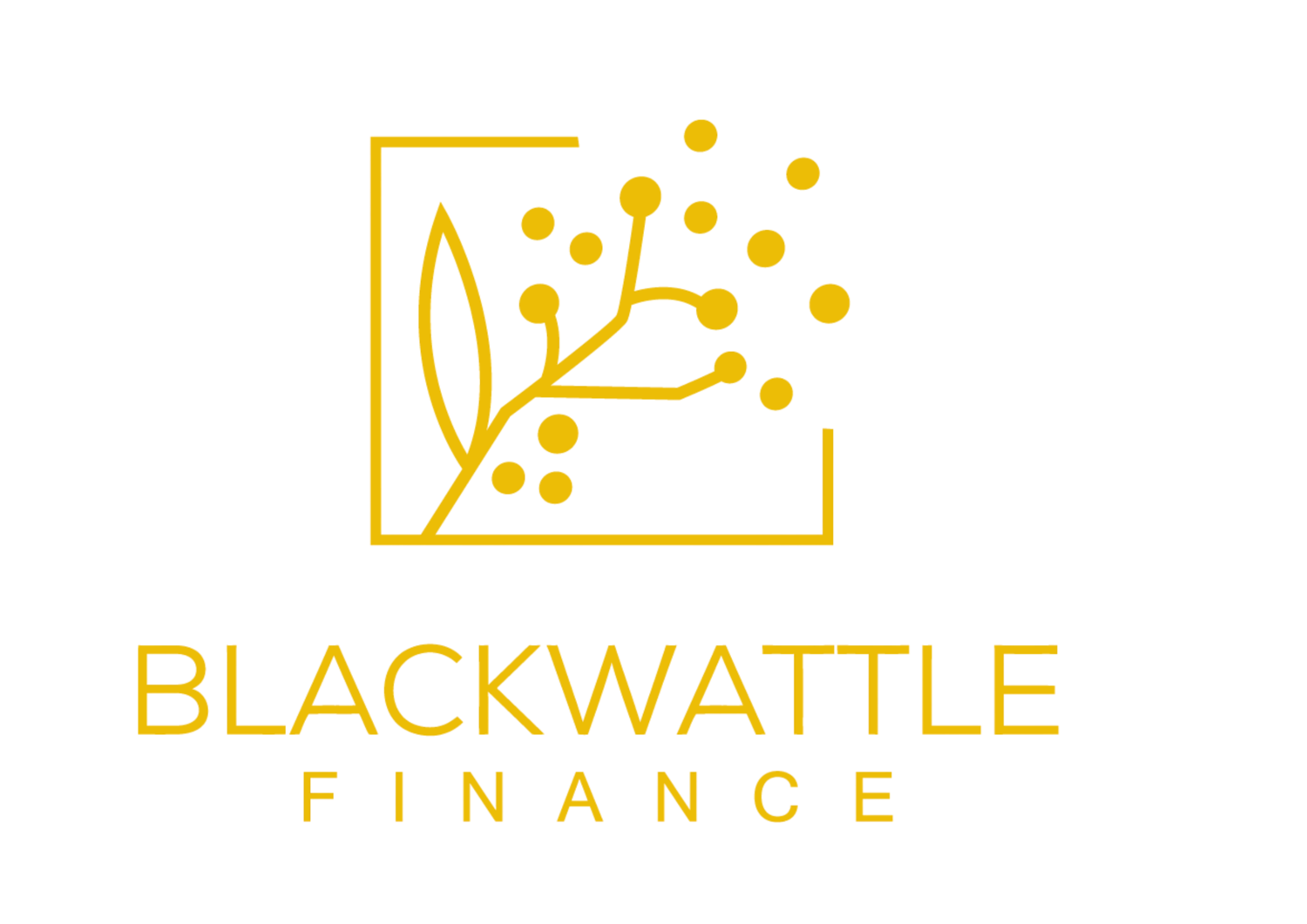This month’s big news - stamp duty reform in NSW
For the longest time (155 years in fact) stamp duty has been payable upon purchase of a property in NSW. The experts consider it a very inefficient way of collecting tax. There are two main criticisms:
It fluctuates wildly based on the amount of buying and selling activity. Years like 2020 where the number of properties changing hands has slowed to a trickle means no tax revenue is being generated, leaving a budget hole, and
It also disincentivises people from moving house. This is particularly problematic when you have older owners/empty nesters living in huge empty family homes, creating a housing shortage.
Last week the NSW government announced reforms to the way tax is paid on property. The proposal is that we will move to land tax, where instead of paying a massive lump sum when buying ($40k on a million dollar house) home owners will pay an annual tax based on the value of the land. By doing this the government aims to create a more consistent revenue scheme and to make it cheaper and easier to move house. Makes a lot of sense, right?
It gets a bit tricky though. To soften the blow for those of us who have recently paid a king’s ransom in stamp duty they will make it an opt-in – if you’ve paid stamp duty you can choose not to pay the land tax and not be subject to double taxation. This approach is politically safe but wrought with other challenges – a potential revenue gap for years to come being the main one.
And what does it mean for property prices? In my humble opinion nothing in the short term. Those first home buyers who might now be able to access the market more readily will still have to contend with land tax reducing their loan servicing capacity so that will offset things. In the longer term it may put some downward pressure on prices - when property changes hands more frequently the whole system becomes more efficient and buyers will not have to pay desperation prices especially for big family homes.

